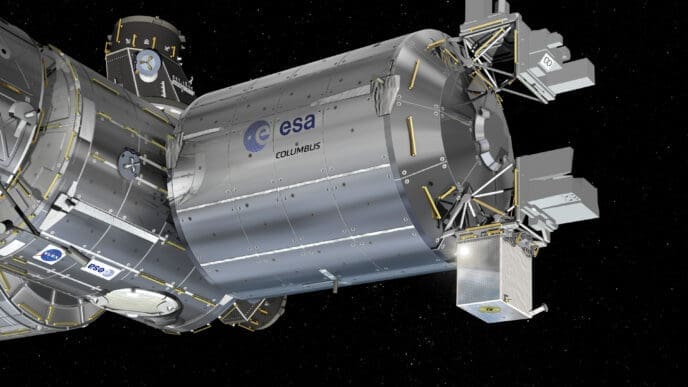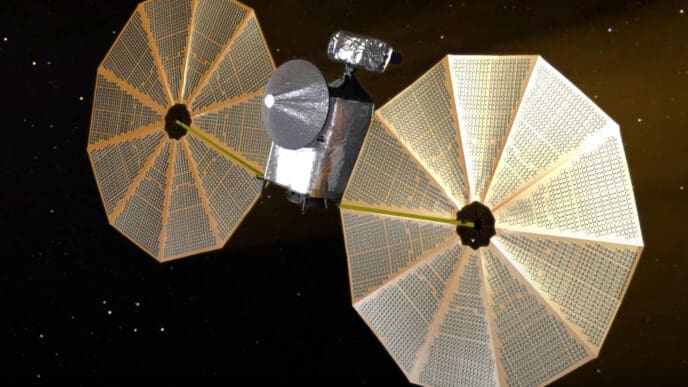The concept of deploying a planetary sunshade system to combat climate change proposes an innovative approach, emphasizing the potential role of space-based geoengineering alongside traditional Earth-based strategies.
Envisioning a shield in orbit sounds like science fiction, yet it presents a feasible engineering solution to the pressing challenge of climate change. Unlike traditional methods, the planetary sunshade aims to reduce solar energy reaching Earth, offering a global and reversible intervention should terrestrial efforts fall short in preventing ecological tipping points.
The design involves positioning a constellation of lightweight spacecraft at strategic locations such as Lagrange Point 1 or other high-altitude orbits. By blocking or scattering a small percentage of sunlight, these spacecraft aim to lower global solar irradiance by 1.7% to 1.8%. The surface area required for such a project is massive, akin to the size of Argentina, achieved through thousands of smaller reflective or refractive components.
This approach capitalizes on advancements in solar sails, autonomous manufacturing, and propulsion technologies. Its reversibility sets it apart from other geoengineering ideas, allowing for adjustments if unintended consequences occur. The flexibility embedded in this innovation underscores its uniqueness.
The success of a planetary sunshade hinges on international cooperation, much like the collaboration seen in the International Space Station and the Artemis Accords. These examples illustrate the benefits and possibilities of transnational efforts in space exploration. A similar global initiative for a planetary sunshade could unify the international community in addressing a common existential threat while ensuring shared oversight.
The governance model for such a project could resemble entities like the United Nations Office of Outer Space Affairs, focusing on equitable participation and risk management through structured protocols. Transparency and inclusivity will be key to building trust and avoiding the potential militarization of such endeavors.
The technical demands are significant yet solvable through strategic layers: defining environmental goals, establishing governance, designing mission systems, and ensuring execution with proper infrastructure. Autonomous systems and sustainable practices could reduce environmental impact and promote innovation while addressing climate change.
Beyond combating climate change, the project could drive advancements in space technology. Innovations in materials and assembly systems developed for the initiative could benefit other sectors, enhancing sustainability and operational efficiency.
The planetary sunshade represents a significant opportunity for global cooperation and innovation in the fight against climate change. Its success will depend on ethical governance, international collaboration, and technological advancement. As the world faces increasing climate threats, it offers a promising ‘Plan B’ for safeguarding Earth’s future.
Source: Spacenews












